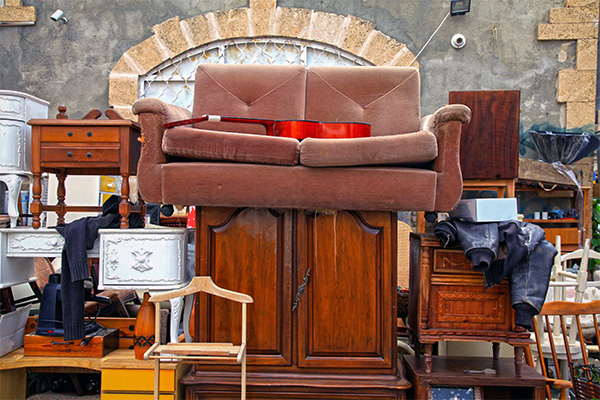Your Comprehensive Overview To Picking The Correct Dumpster Dimension For Any Type Of Task
Your Comprehensive Overview To Picking The Correct Dumpster Dimension For Any Type Of Task
Blog Article
Material Composed By-Romero Duckworth
When embarking on a project that requires a dumpster, the dimension you pick can substantially impact its performance and cost-effectiveness. Imagine having the perfect container that accommodates all your waste without being exceedingly huge or too small. It all starts with understanding the subtleties of your project and picking a dumpster size that straightens with your specific needs. So, prior to you decide, consider the variables at play to ensure a seamless waste monitoring procedure throughout.
Factors to Take into consideration
When selecting the best dumpster dimension, there are several key elements to take into consideration.
Initially, think about the kind of waste you'll be getting rid of. Different materials may call for varying amounts of space, so understanding what you'll be placing in the dumpster is vital.
Next, assess the amount of waste you expect to generate. If you ignore the quantity, you may require to make numerous trips to deal with every little thing, which can be troublesome and costly. On the other hand, renting out a dumpster that's too big can result in unneeded expenses.
In addition, take into consideration the room where the dumpster will certainly be put. Make certain there's enough area for the dumpster to be provided and grabbed with no obstructions.
Last but not least, think about any weight restrictions that might apply. Going beyond the weight limit can result in additional costs or even the refusal of service.
Dumpster Size Choices
For picking the right dumpster dimension, it's vital to have a mutual understanding of the readily available alternatives. Dumpster sizes normally vary from 10 to 40 cubic backyards, with variations in between.
A 10-yard dumpster is suitable for small jobs like a garage cleanout or a tiny restoration. If you're taking on a medium-sized job such as a kitchen area remodel or a basement cleanout, a 20-yard dumpster may be the best option.
For larger projects like a whole-house restoration or business construction, a 30 or 40-yard dumpster could be preferable to accommodate the quantity of waste produced.
When picking a dumpster size, take into consideration the quantity and sort of debris you expect to throw away. It's better to select a somewhat bigger dimension if you're uncertain to avoid overfilling. Remember, it's even more affordable to rent a dumpster that fits your needs as opposed to needing to order an added one.
Matching Dimension to Task
Ideally matching the dumpster size to your task is vital for effective waste administration. To establish the right size, consider the extent and nature of your project.
For little family cleanouts or remodellings, a 10-yard dumpster might be adequate. These are generally 12 feet long and can hold about 4 pickup tons of waste.
For visit site like remodeling several rooms or clearing out a big estate, a 20-yard dumpster might be preferable. see this are around 22 feet long and can hold approximately 8 pickup truck loads.
If you're tackling a significant construction project or commercial restoration, a 30-yard dumpster could be the very best fit. These dumpsters have to do with 22 feet long and can fit about 12 pickup truck lots of particles.
Matching the dumpster dimension to your task guarantees you have adequate space for all waste materials without overpaying for extra capacity.
Conclusion
Finally, selecting the best dumpster dimension for your task is critical for reliable garbage disposal. By considering aspects like the type and amount of waste, room accessibility, weight restrictions, and budget plan constraints, you can ensure you have the ideal size dumpster for your needs. Make sure to match the dimension of the dumpster to the extent and nature of your task to avoid overspending on unneeded expenditures.
